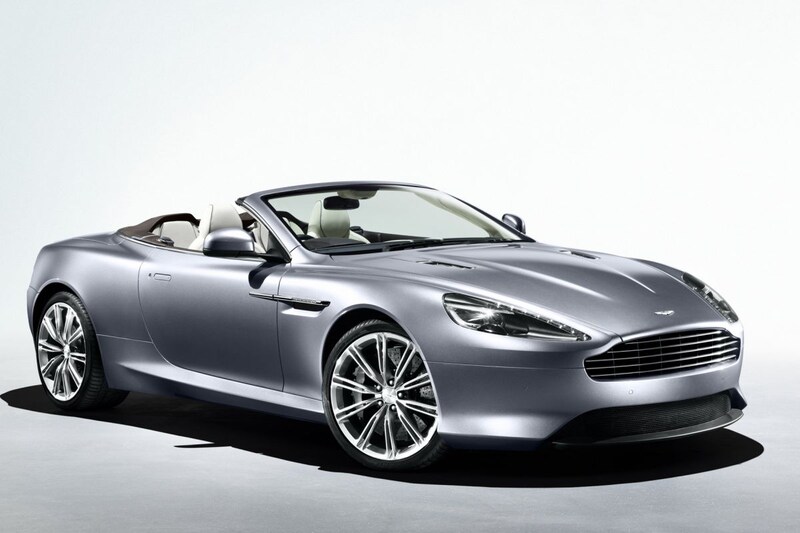
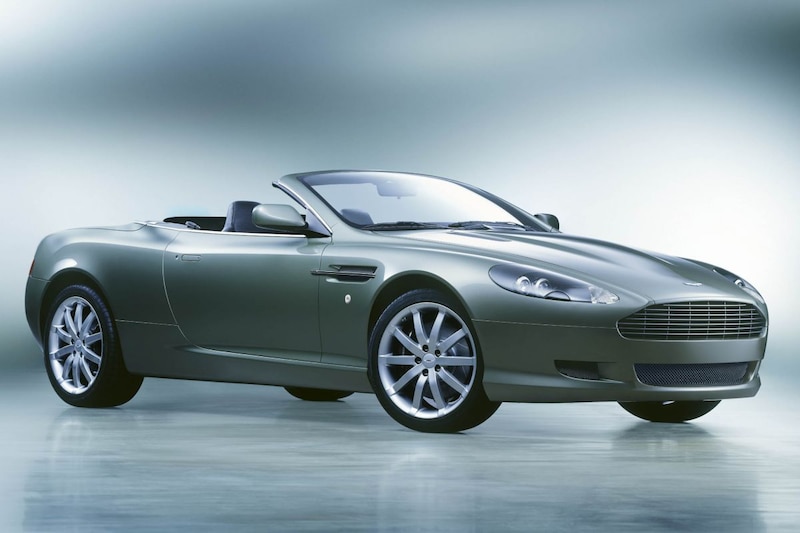

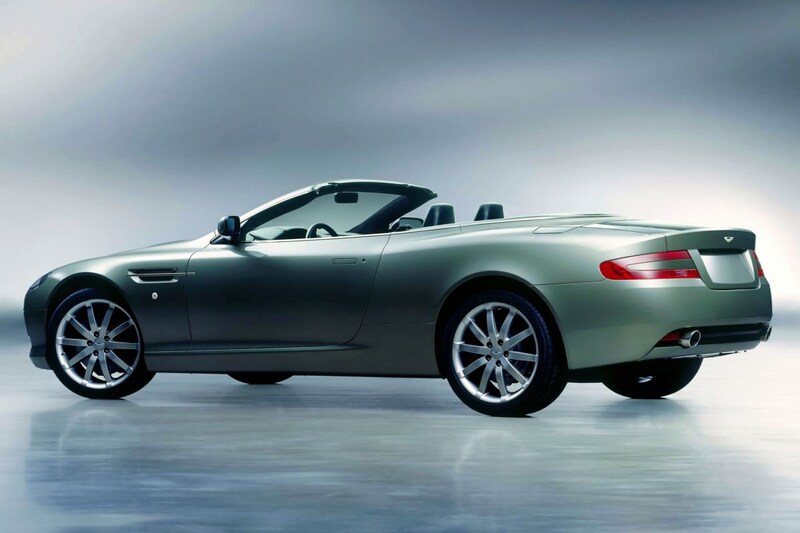
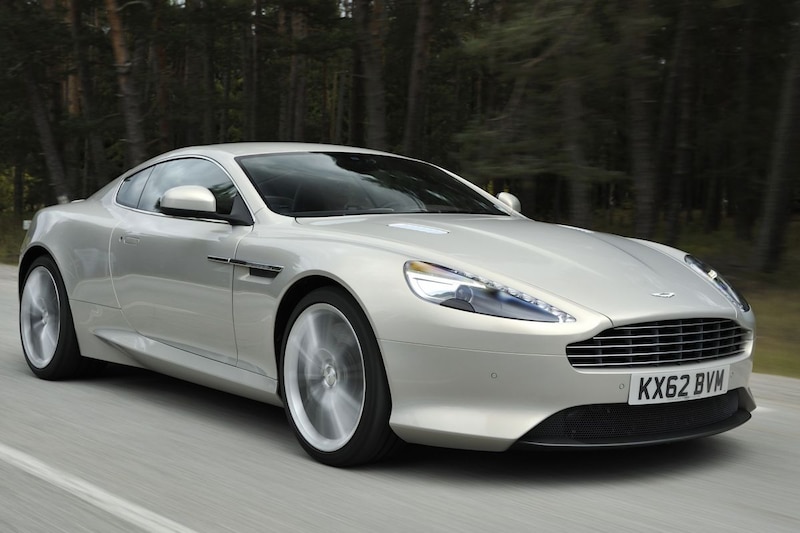


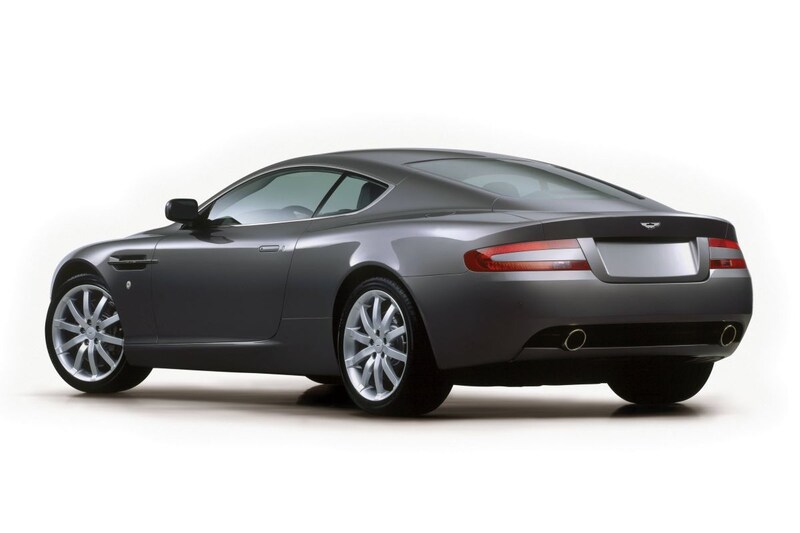

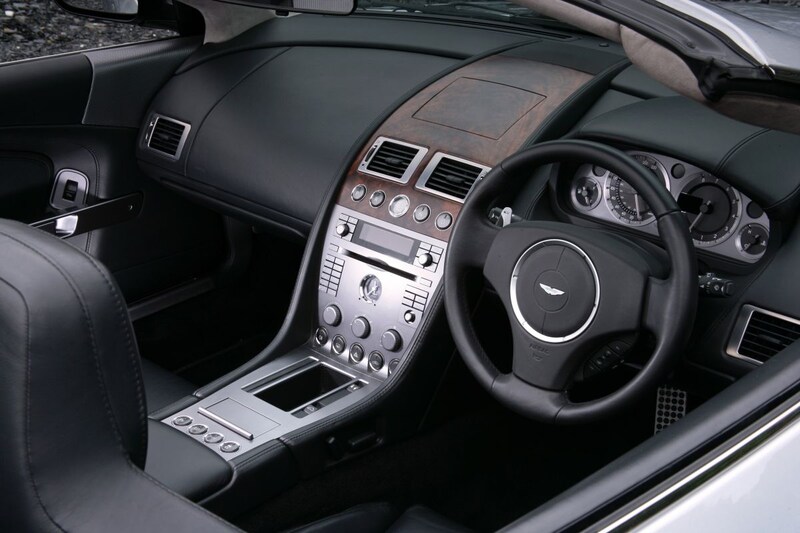
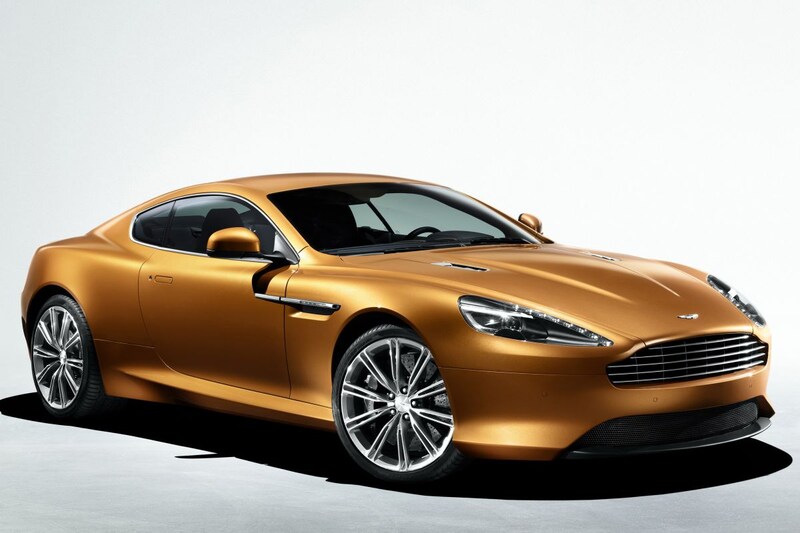
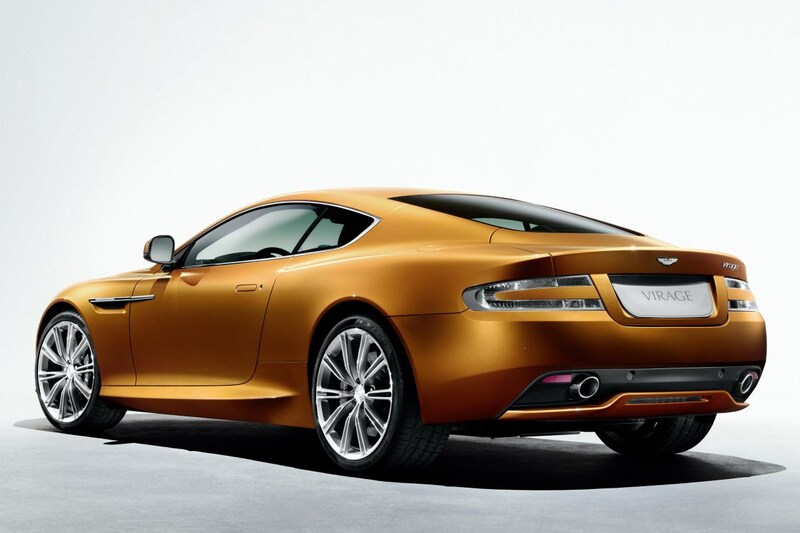
Although it was the DB7 with which Aston Martin completely changed its design policy, the DB9 enjoys at least such a legendary status. The predecessor of the DB11 is therefore a timeless beauty, even though timeless beauties do not escape point sessions.
The Aston Martin DB9 appeared in 2004 and lasted until 2016. Even in the land of super-GTs, that is a long career, but to be honest: even in 2020, a late DB9 does not look really outdated. This is partly due to the extensive collision session of 2013, the second moment at which the DB9 was examined. In 2008 the grille was already subtly adjusted and there was a revised layout of the dashboard, but that renovation round can hardly be called a facelift. That of 2013 clearly, because almost the entire carriage of Aston Martin’s beauty then received a makeover.
By the way, do not confuse such a makeover with a metamorphosis, because everything that makes a DB9 beautiful was simply preserved. However, with a second glance it becomes clear that almost the entire carriage is slightly different. For example, the headlights not only got a different layout and LED daytime running lights, but also a subtly different shape. The car as a whole gets a tighter look through a barely visible fold in the previously fully rounded front screens. That appearance is reinforced by the front bumper, which looks tougher and tighter due to the loss of two air inlets and wide runners on either side. The side skirts and rear bumper follow that theme. At the rear we also find the most taste-sensitive elements of the updated DB9: the rear lights. The lighting that was previously provided with red glass is hidden behind white glass from 2013, with a modern but also somewhat sensitive taste.

Spot the differences: Aston Martin DB9 facelift …
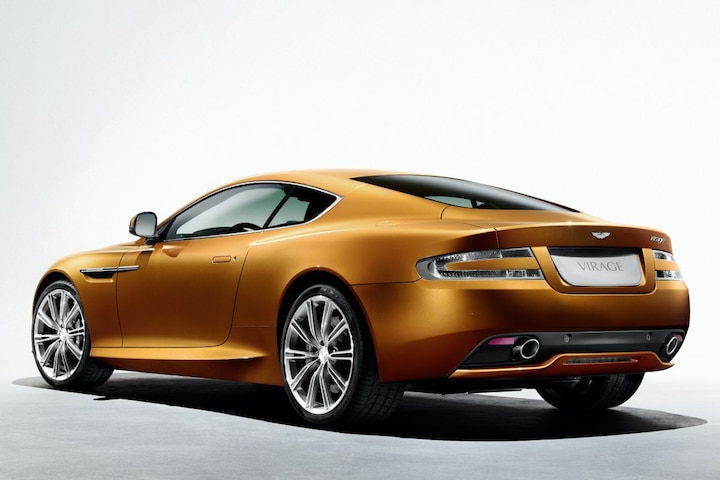
… and the Aston Martin Virage. Hint: it’s about the shape of the tailgate.
That could end this story, but you don’t know Aston Martin yet. The British subconsciously made the life of the DB9 a lot more interesting by coming up with a sister model under the name Virage. The last Virage can hardly be distinguished from the facelifted DB9 and also shares almost all of its technology with that model. However, the car already appeared in 2011, well before the renewed DB9 made its appearance. The model was intended to fill the gap between the original DB9 and the DBS, which is also a derivative of the DB9. With the latter’s facelift, however, that gap was virtually eliminated, meaning that the Virage’s career ended after no more than 18 months and 1,000 copies. The external differences between the Virage and the late DB9 are limited to the rear: where the DB9 has a spoiler-like pinch in the tailgate after the facelift, the Virage still has the smooth valve of the original DB9.